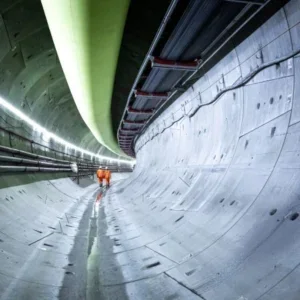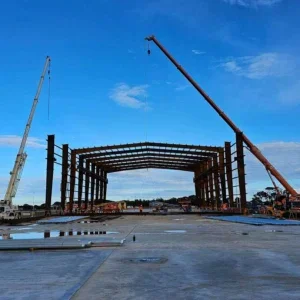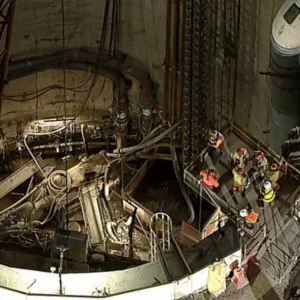At 1.7km long, 37m high and 26.5m wide, the proposed US$330m tunnel will allow passenger and cargo ships to more safely navigate the Stadhavet Sea – regarded as the most exposed and dangerous section of the Norwegian coastline. It will also help strengthen industrial and commercial activities in the region.
Tunnel excavation is expected to be by drill and blast, removing around three million cubic metres of solid rock – equivalent to eight million tonnes. Construction is expected to take around three to four years. Global interest in the project has hitherto been high and is expected to increase once construction starts.
The Stad Ship Tunnel will connect two fjords which have a small tidal difference between them. According to the NCA, the current in the tunnel will be up to two knots, which means it will not cause any problems for vessels. It is currently envisaged that ships could be up to 21.5m wide, thereby leaving 2.5m of clearance on each side.
The NCA will now start the property acquisition process in the vicinity of the proposed tunnel, create a body to head the project, and prepare and initiate a tender. A report on the project is currently being prepared for Norway’s parliament by the country’s Ministry of Transport and Communications (MTC) and will be presented in the spring.
Terje Andreassen, NCA temporary project manager for the Stad Ship Tunnel said: “There is much work to be done, but we have carried out extensive studies and planning that will form the basis for the work. The allocation letter [from the MTC] requests that the property acquisition be completed, if possible, during 2021.”
The process of procuring a contractor includes establishing a procurement plan, preparing tender documents and announcing a tender competition. The plan is to host a conference with pre-qualified contractors during the spring/early summer of 2021 and sign a contractor well before the end of the year to allow construction to start in 2022, with completion expected in 2025/2026.







